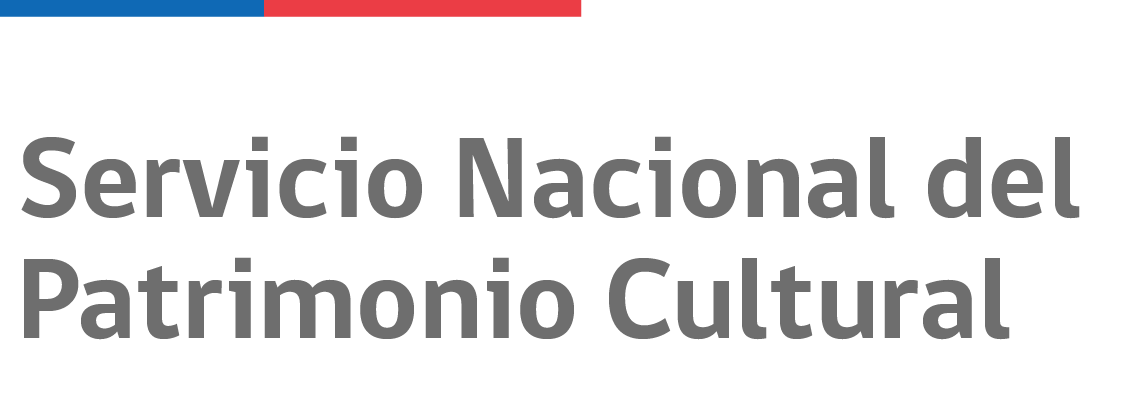
Opening times:
Admission:
From November 19 to November 30 to 2019
This new exhibition, which includes paintings, sculptures and photographs from the collection of the National Fine Arts Museum, provides an overview of how, as from the middle of the nineteenth century, the arts in Chile sought to represent the notions of progress and modernization.
The idea of modernity - understood as a combination of technical progress and the development of cities - was promoted by liberal intellectuals in the mid-nineteenth century in line with the country's industrialization and the growth of the economic bourgeoisie, processes that also brought with them demographic growth, the displacement of people and social crises.
"In a bid to assess the response of artists to these ideas, the exhibition takes a group of pieces from the Museum's collection, in permanent dialogue with the literary work of the period, as a means of showing how the arts understand, shape and transcend imagery associated with what constitutes modernity or, conversely, deconstructs and appropriates it from a critical standpoint," explains the curator.
The exhibition includes emblematic pieces such as "La Viajera" (1928) by Camilo Mori; "La Usina" (1956) by Matilde Pérez; "El Niño Enfermo" (1902) by Pedro Lira; "Maternidad" (ca. 1940) by Laura Rodig; "El Jugador de Palín" (1880) by Nicanor Plaza; "Madre Araucana" (1896) by Virginio Arias; and "Carretelas de la Vega" (ca. 1933) by Juan Francisco González as well as images from the "Nómadas del Mar" series (1992/1995) by Paz Errázuriz and "Vaso de Leche N°1 y N°2" (1979) by Cecilia Vicuña.
Other pieces are less well known and not frequently seen. They include "Recogida de Trigo", painted in the first half of the twentieth century by Rafael Correa; "El Mal Paso" (1926) by Jorge Délano; "Los Salitreros" (ca. 1936) by Laura Rodig; "Al Subir de Orán" (1932) by José Antonio Terry; "Mujer Negra" (twentieth century) by Israel Roa; and "Los Facsímiles" (1972) by Argentina's Center of Art and Communication (CAyC).
These pieces are accompanied by quotes taken from books such as "Alberto el Jugador" (1860) by Rosario Orrego Castañeda; "Casa Grande" (1908) by Luis Orrego Luco; "Sub Terra" (1904) by Baldomero Lillo; and "Vidas Mínimas" (1923) by José Santos González. These extracts serve as a second text that, through more personal stories, provide a deeper understanding of the circumstances in which modernity was born.
In addition, the pieces are presented in dialogue with contemporary work - some from the Museum's own collection and others loaned by the artists themselves - in order to introduce tension into the notions of progress and modernity by drawing attention to problems such as exclusion, extermination and confinement as well as relationship to the territory and fictionalized autobiography.
The exhibition also draws on the collections and archives of the National History Museum, the Benjamín Vicuña Mackenna National Museum, the Gabriela Mistral Museum of Education, the National Film Archive and the Andrés Bello Central Archive as well as reproductions from the Memoriachilena.cl website.

